
Humane Ai Pin: It just doesn’t work
The Humane AI Pin: A futuristic wearable aiming to replace smartphones, but its high price, underwhelming performance, and UX issues led to its swift downfall.
Buried in 2023
Google Glass began with a powerful vision: to enable people to have more meaningful interactions with others.
Wearing it means users don’t have to look down at their smartphones, instead, they can head up, and be present to people standing next to them.
And Google ended up killing this product.
Remember the awkwardness surrounding Google Glass? It wasn’t just about the wearer’s privacy… it was about everyone else. This game puts YOU in the shoes of a Glass user when interacting with someone. Prepare for some serious social discomfort!
The augmented reality spectacles are supposed to change the world, but currently they look too dorky to catch on.
Tim Worstall, Forbes
After spending 3 years developing the idea, this 14-year-old product, sadly, never became the public’s sweetheart. Why? Let’s group these reasons into 2 main categories:
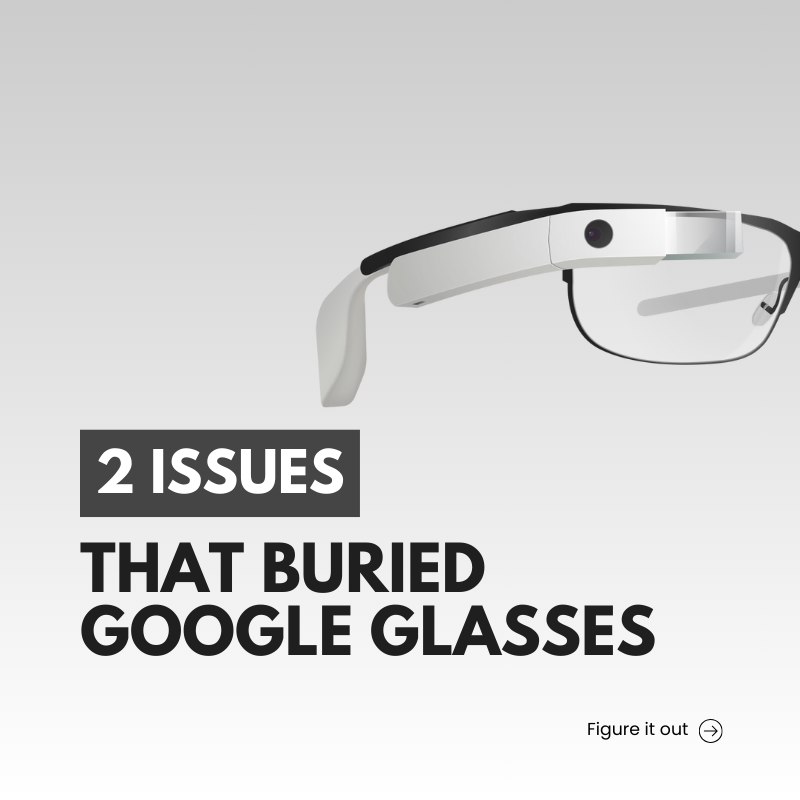
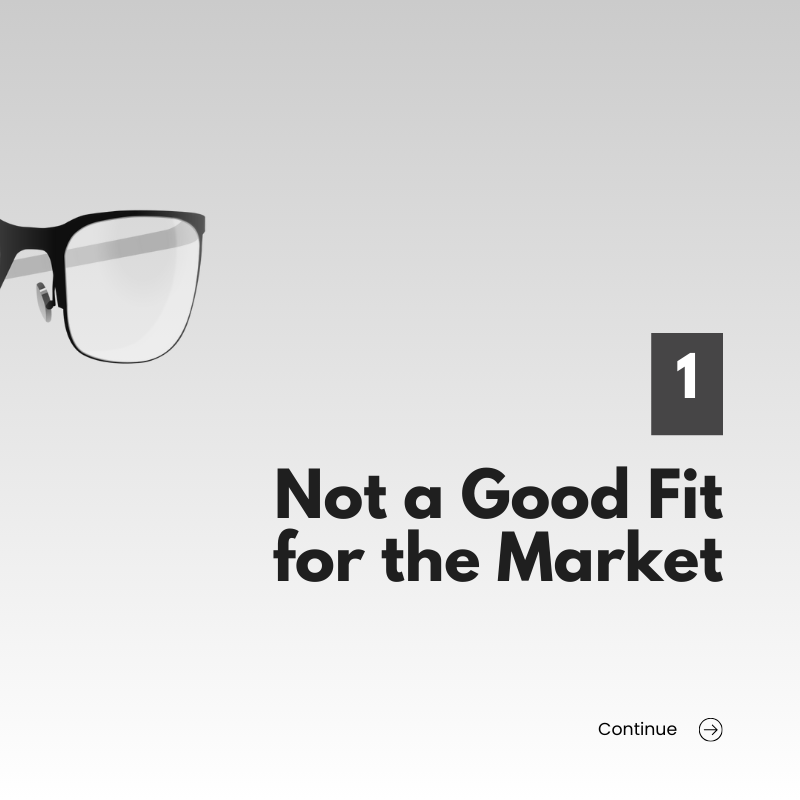

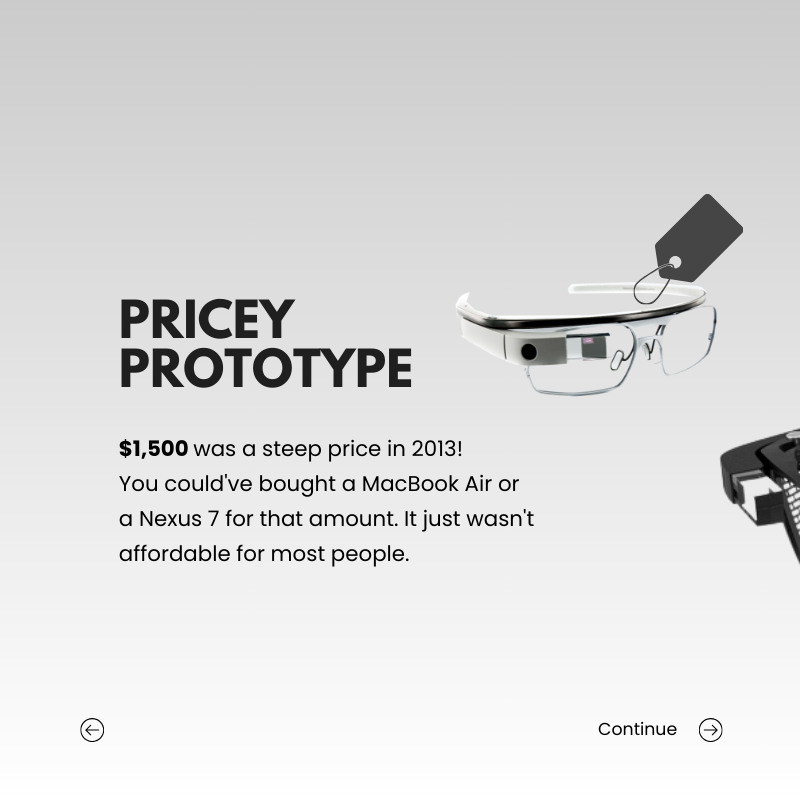
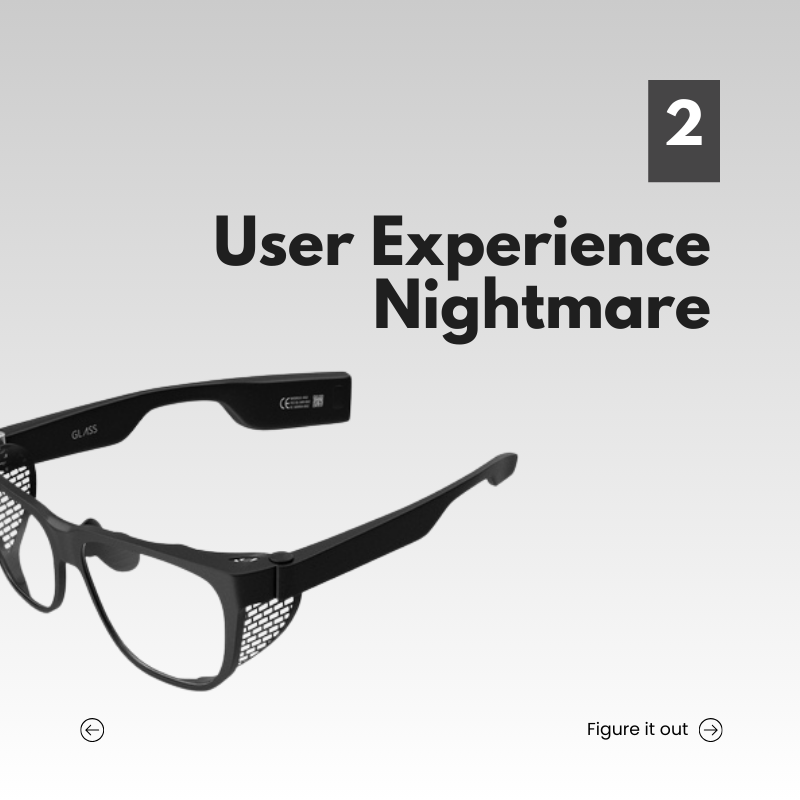
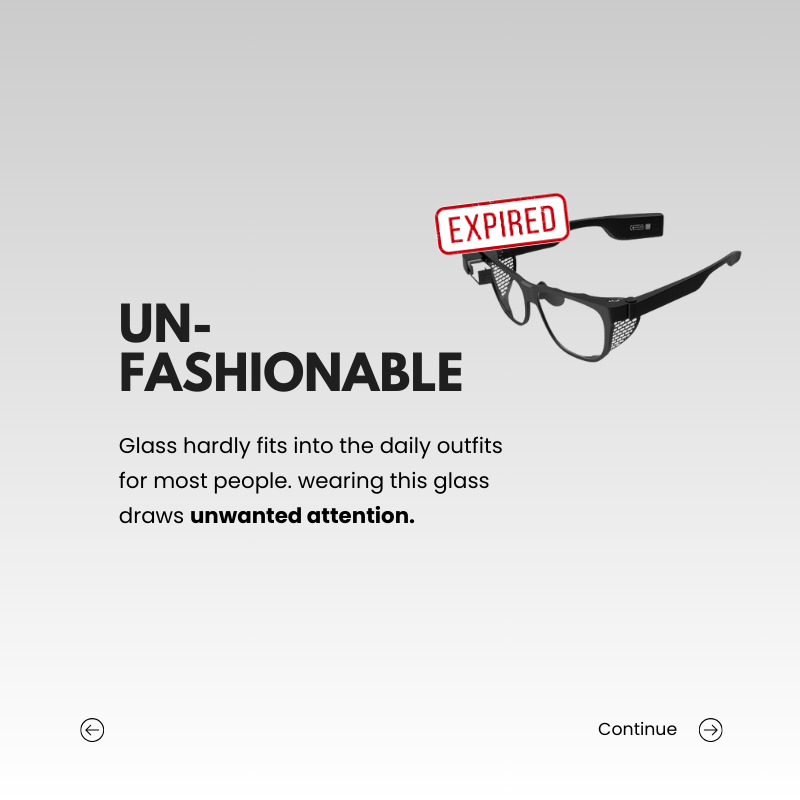
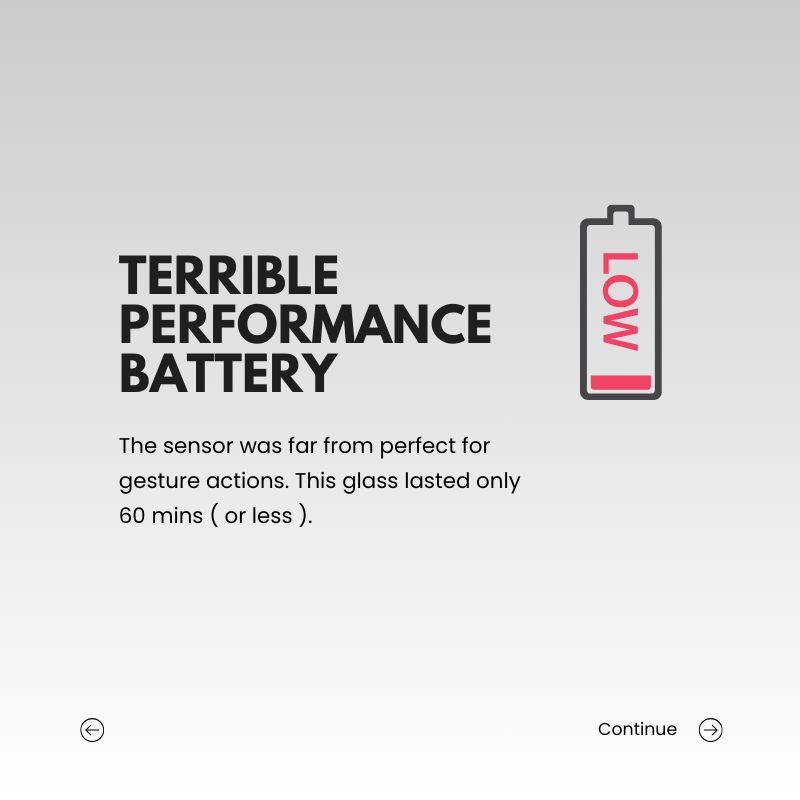
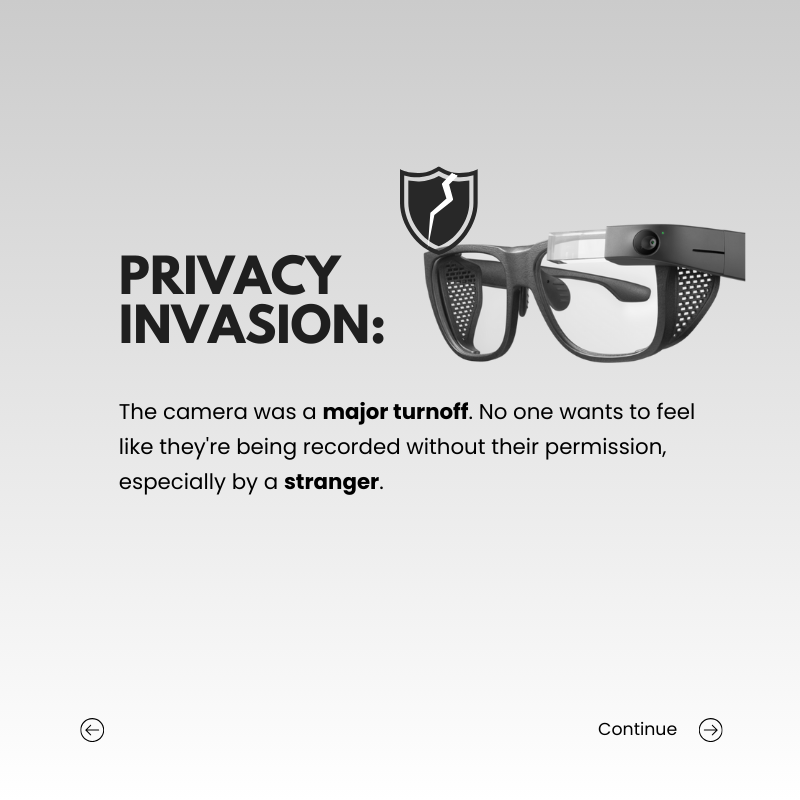










Do you know that there are two versions of Google Glass? The 1st version was the one faced criticism for privacy concerns and a lack of clear use cases.
Learning from their mistakes, Google relaunched the 2nd version call “Google Glass Enterprise”, focusing on solving specific problems for businesses. It is designed to be a tool that can increase efficiency and productivity.
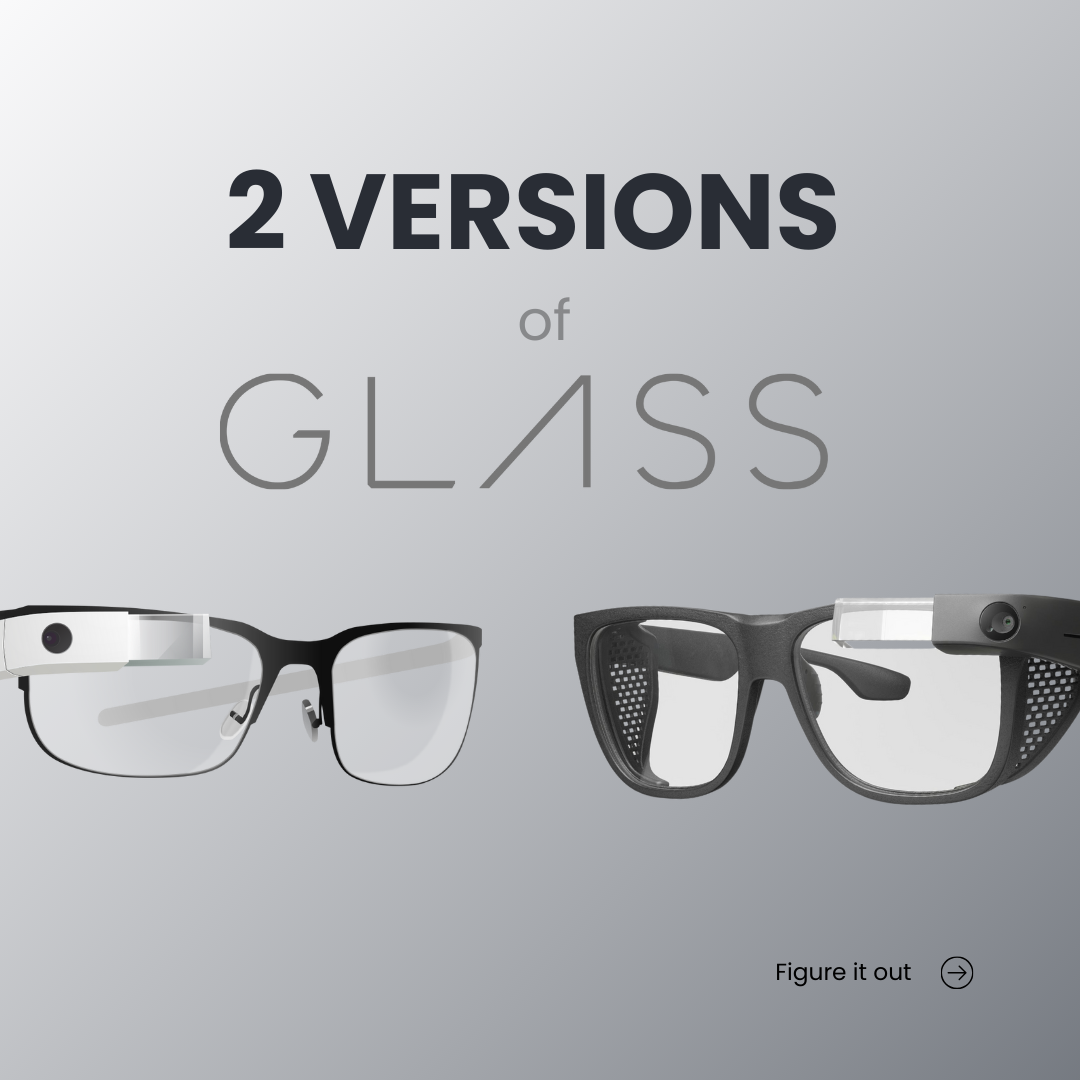
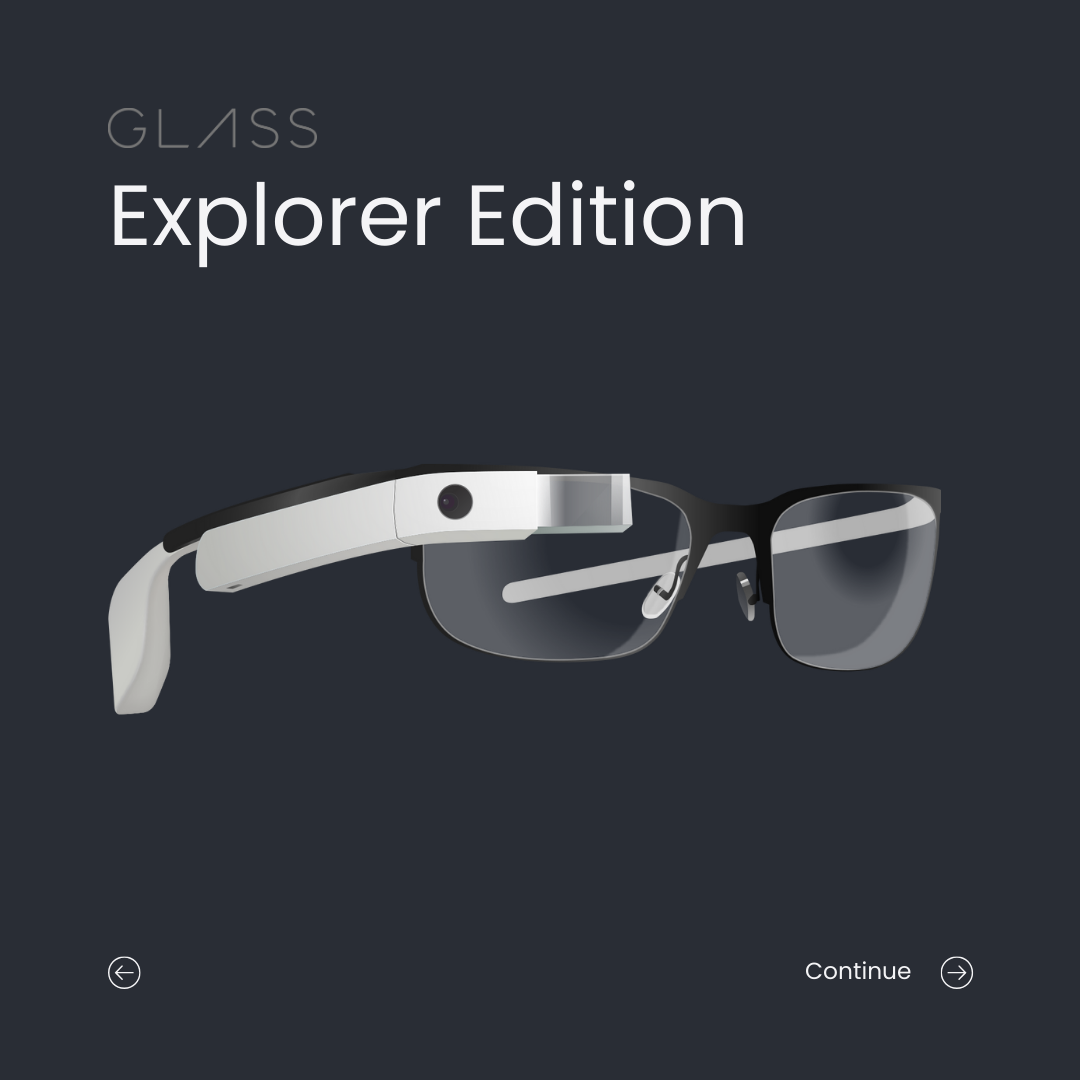
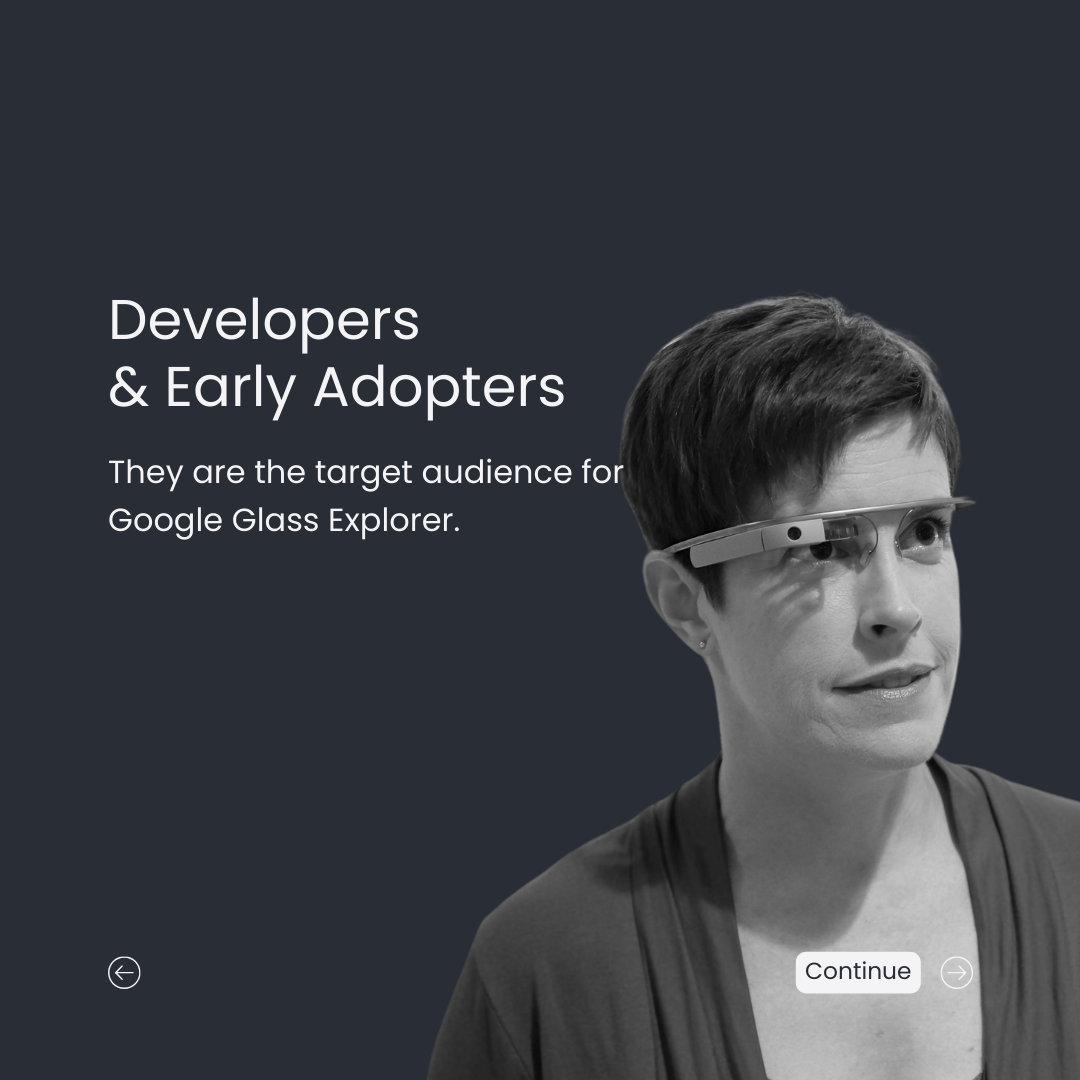
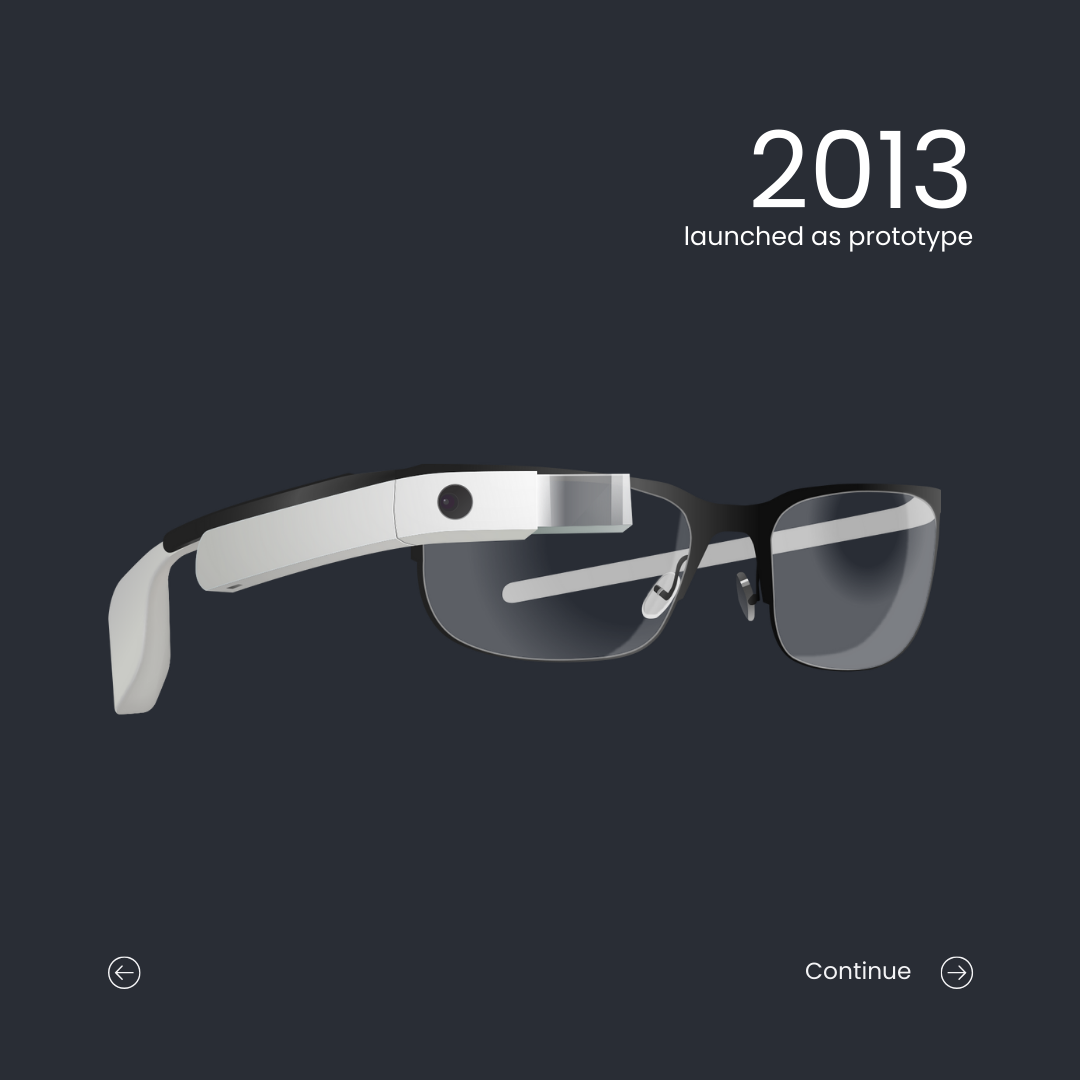
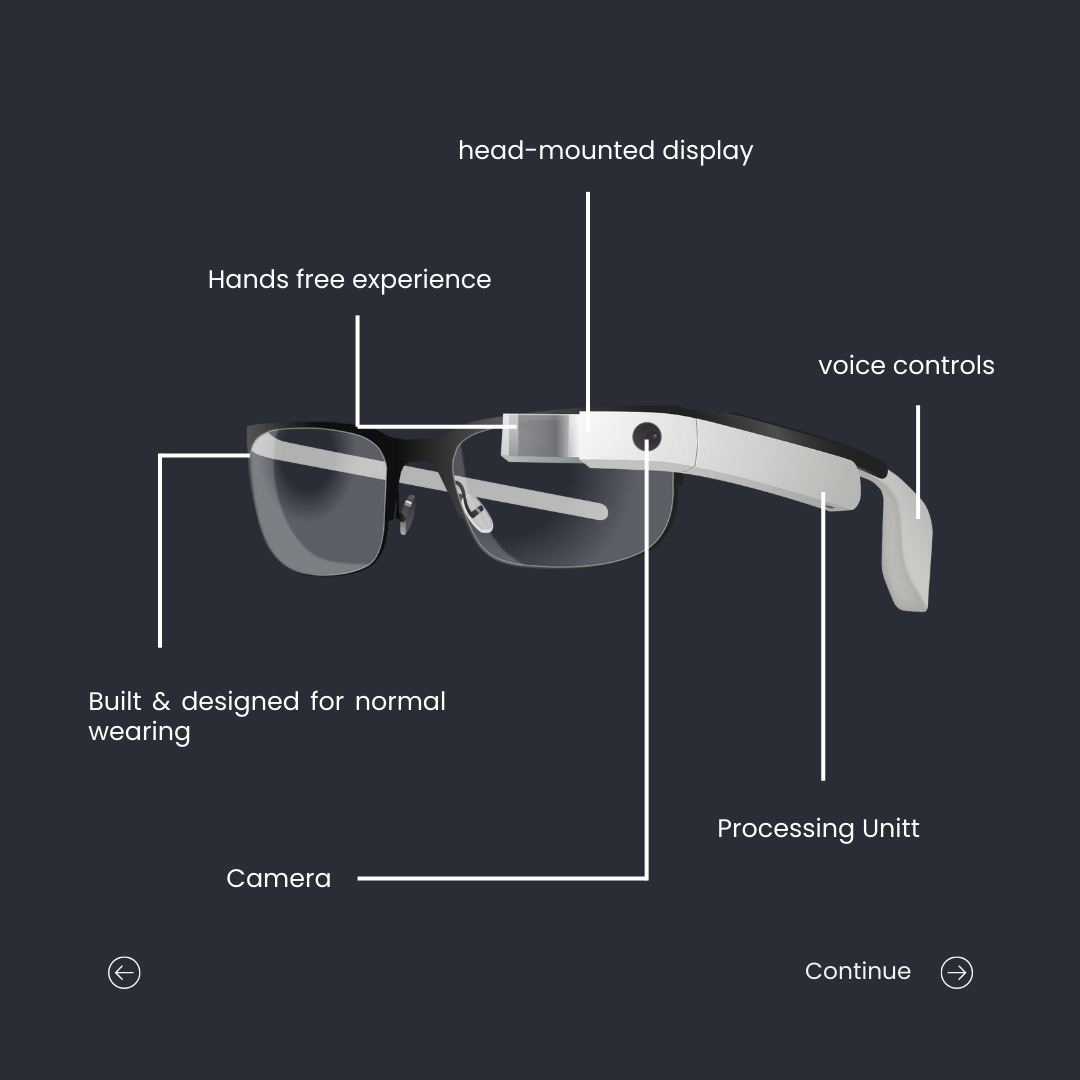
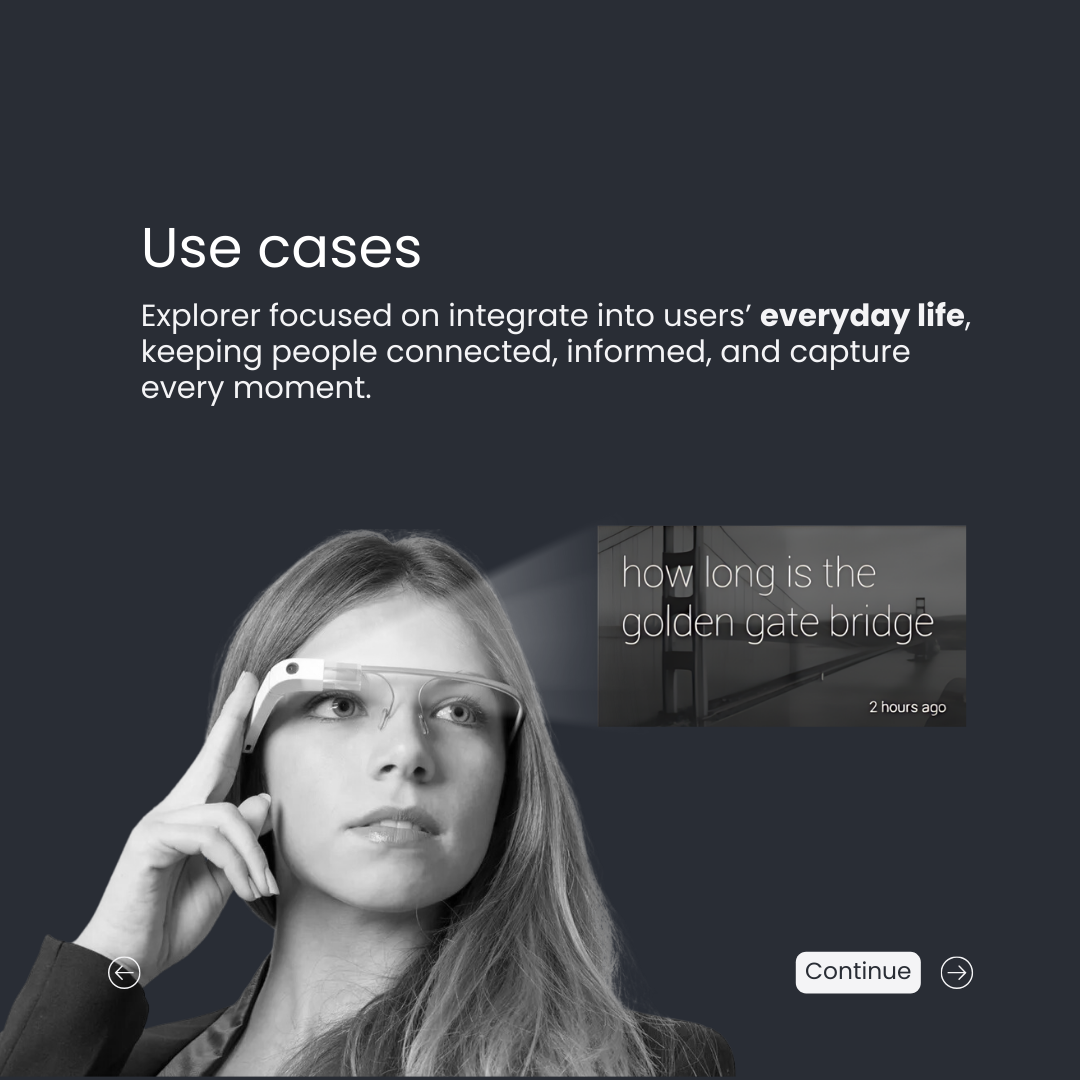
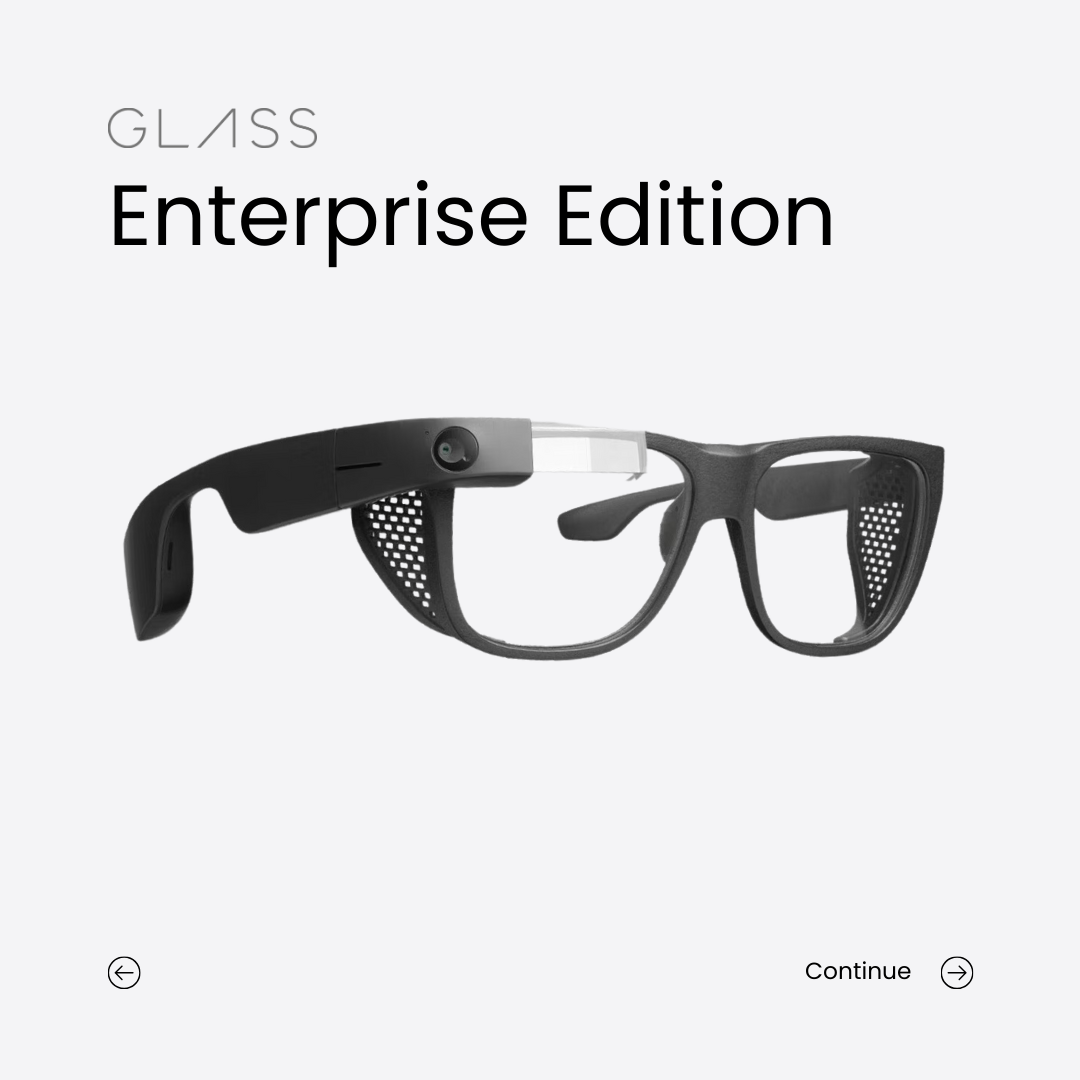
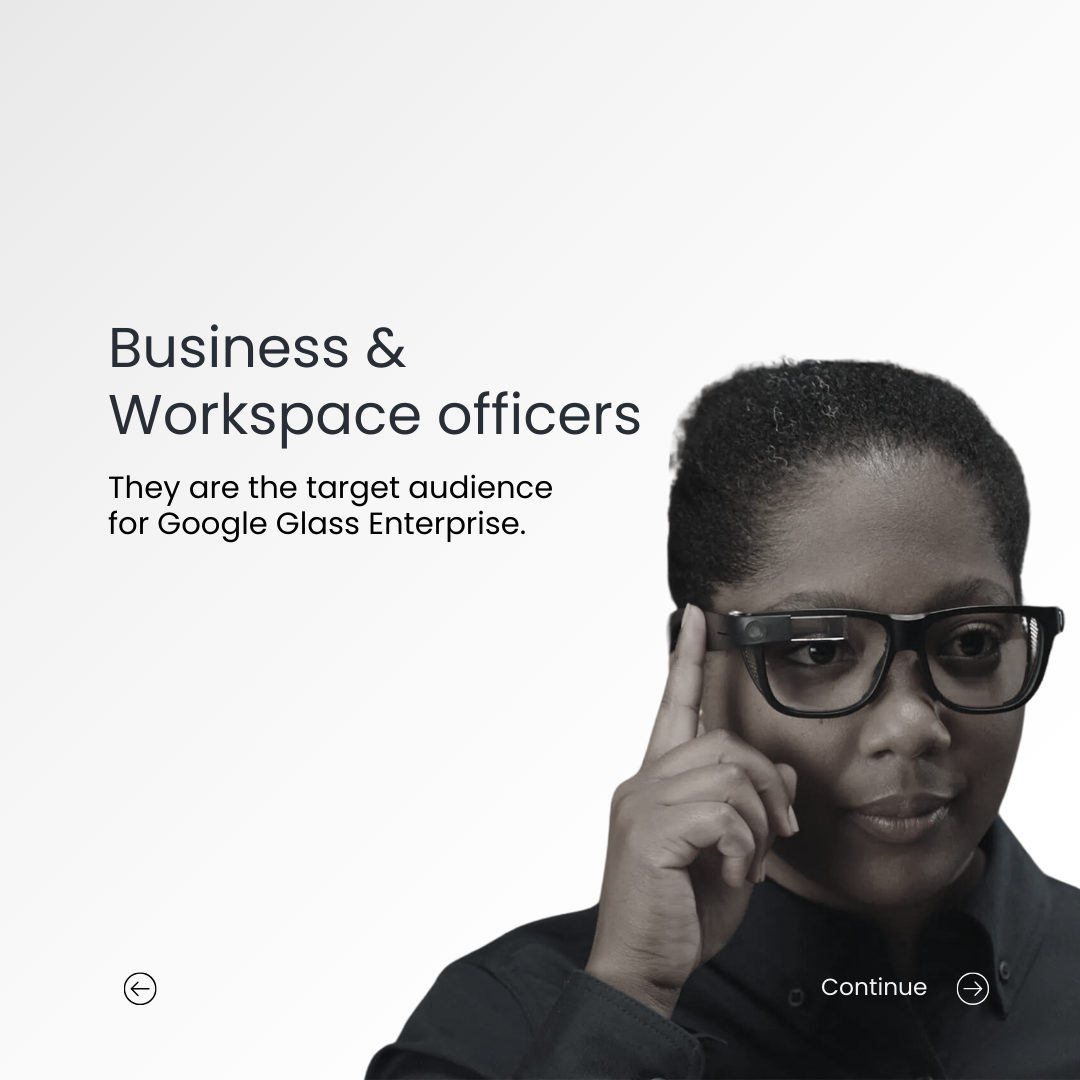
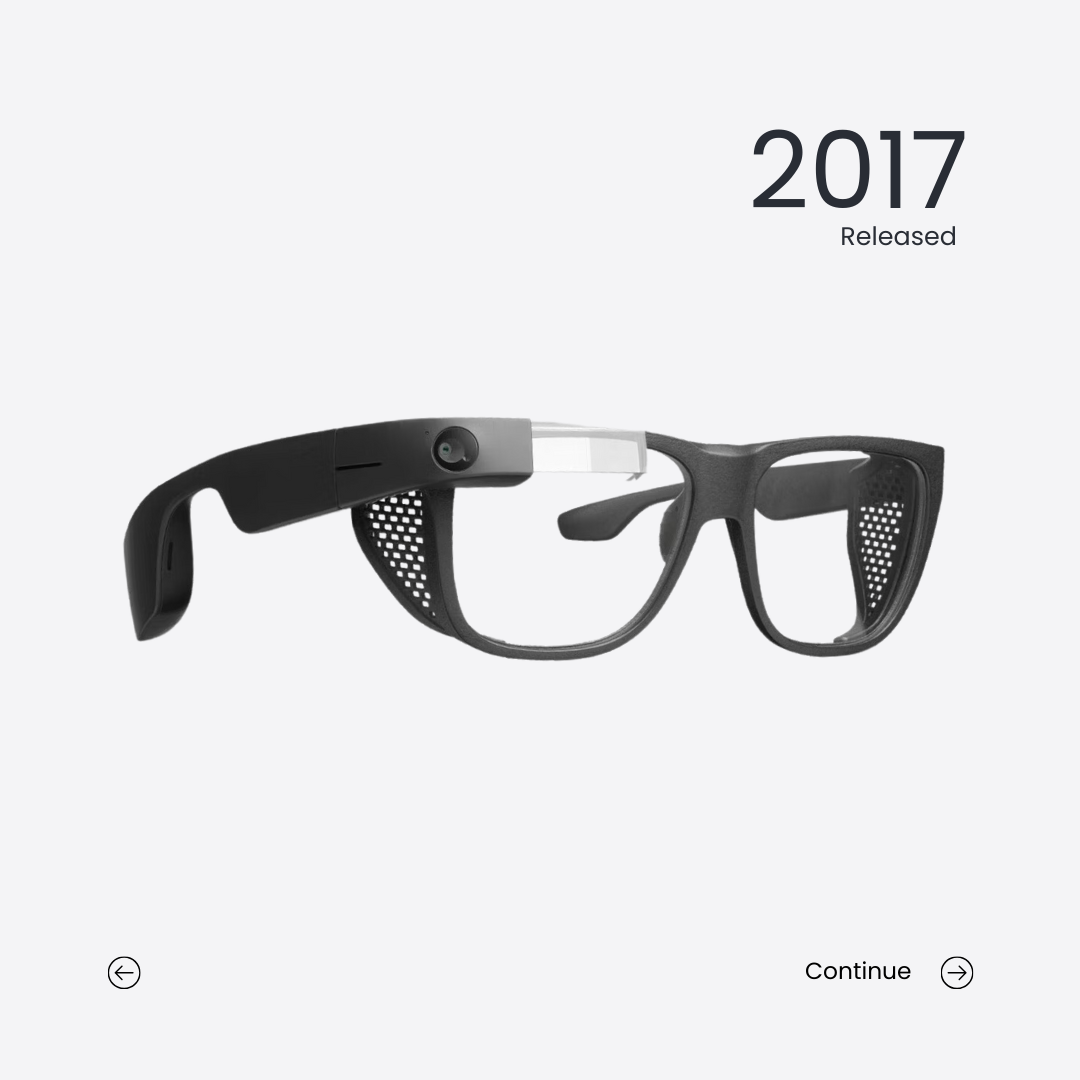


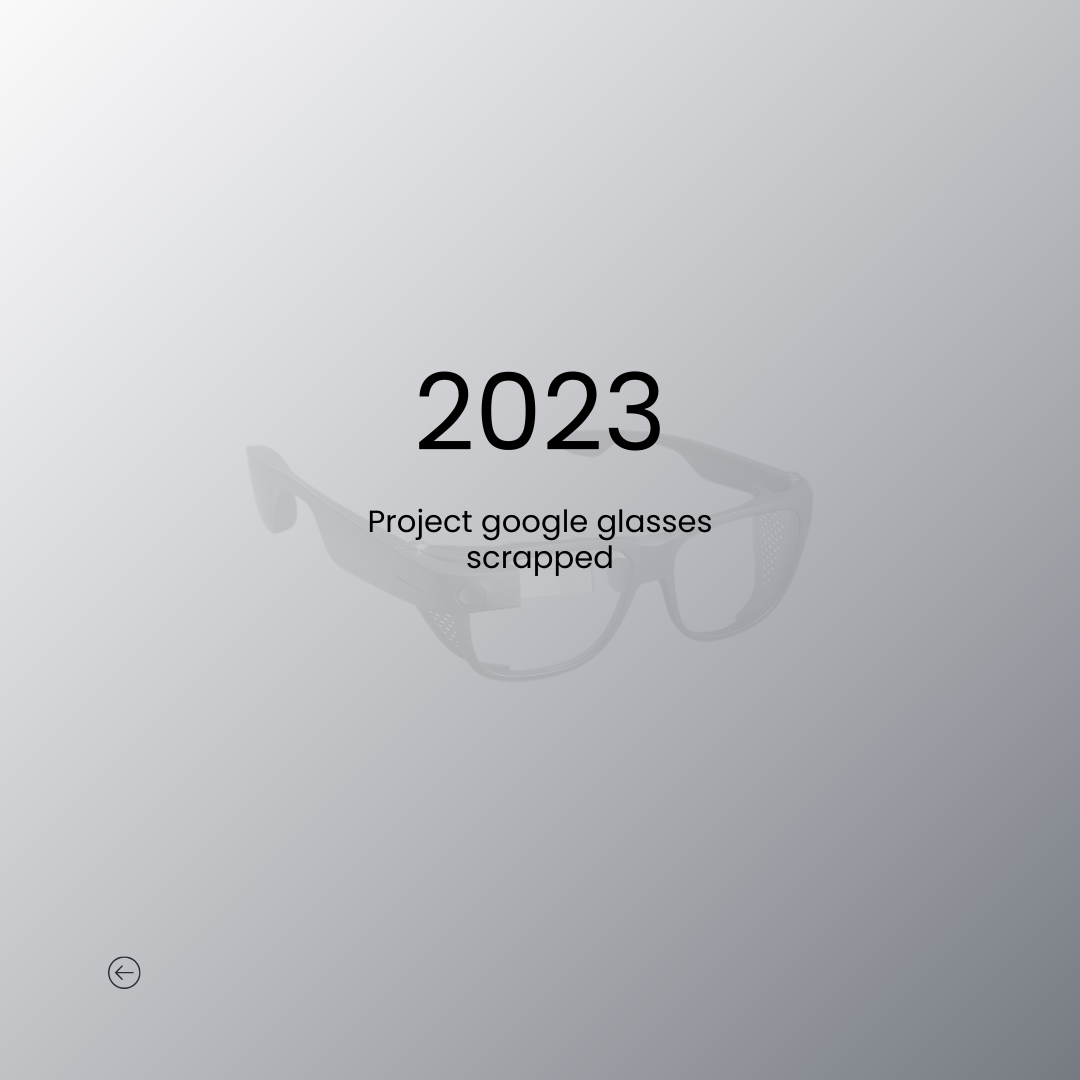












Would I buy Google Glass? Not now, especially with that $1,500 price tag. The device has a lot of evolving to do before it's ready for the world. The world has some evolving to do before it's ready for Glass, too.
— Hayley Tsukayama, The Washington Post ( 2018)
Google Glass development was started
Glass was officially announced and people were extremely excited about this product
Glass faced backlash and the public launch has yet to happen. Then, Google withdrawn Glass from the consumer market.
Google publicly announced the launch of Glass for Enterprise
Google discontinued Glass products.
Swipe right to read again.
Google Glass may not have been the success story they envisioned, but it’s a good reminder that even the most ambitious ideas can face challenges. Let’s take a closer look at the key takeaways from their journey.
We wonder how far Glass would have gone if they had targeted the enterprise market from the start.
In 2013, the technology wasn’t quite there yet, and people weren’t ready for the social implications of a wearable computer.
Google Glass was too expensive at $1,500 for the consumer version and $1,000 for Enterprise versions, considering what it offered.
Not only Glass users but also those they interact with need to feel safe and respected in their personal space.

The Humane AI Pin: A futuristic wearable aiming to replace smartphones, but its high price, underwhelming performance, and UX issues led to its swift downfall.
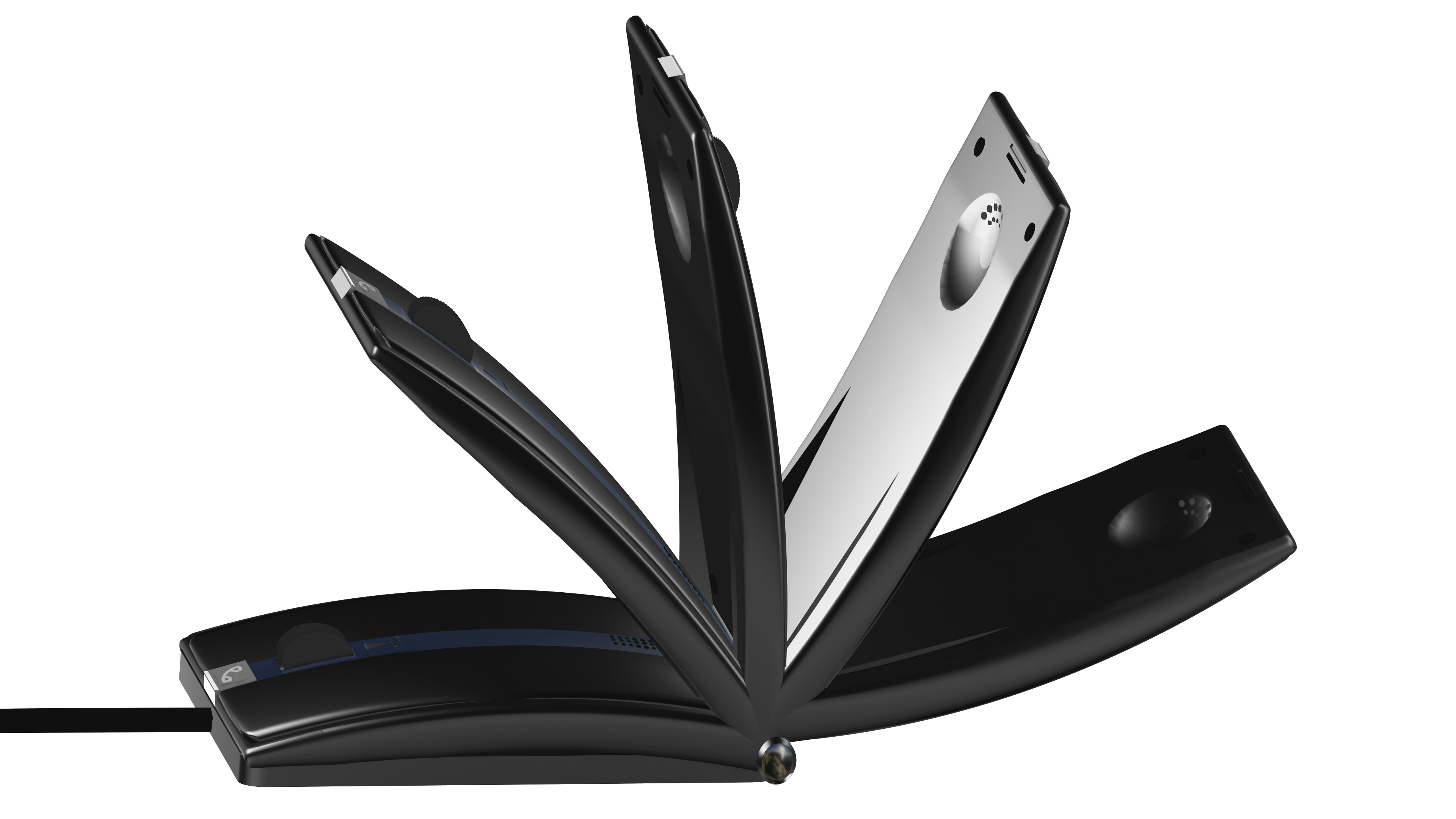
A computer mouse that tried to be a phone but ended up being nothing. What led to this innovative concept’s rapid downfall in less than a year?
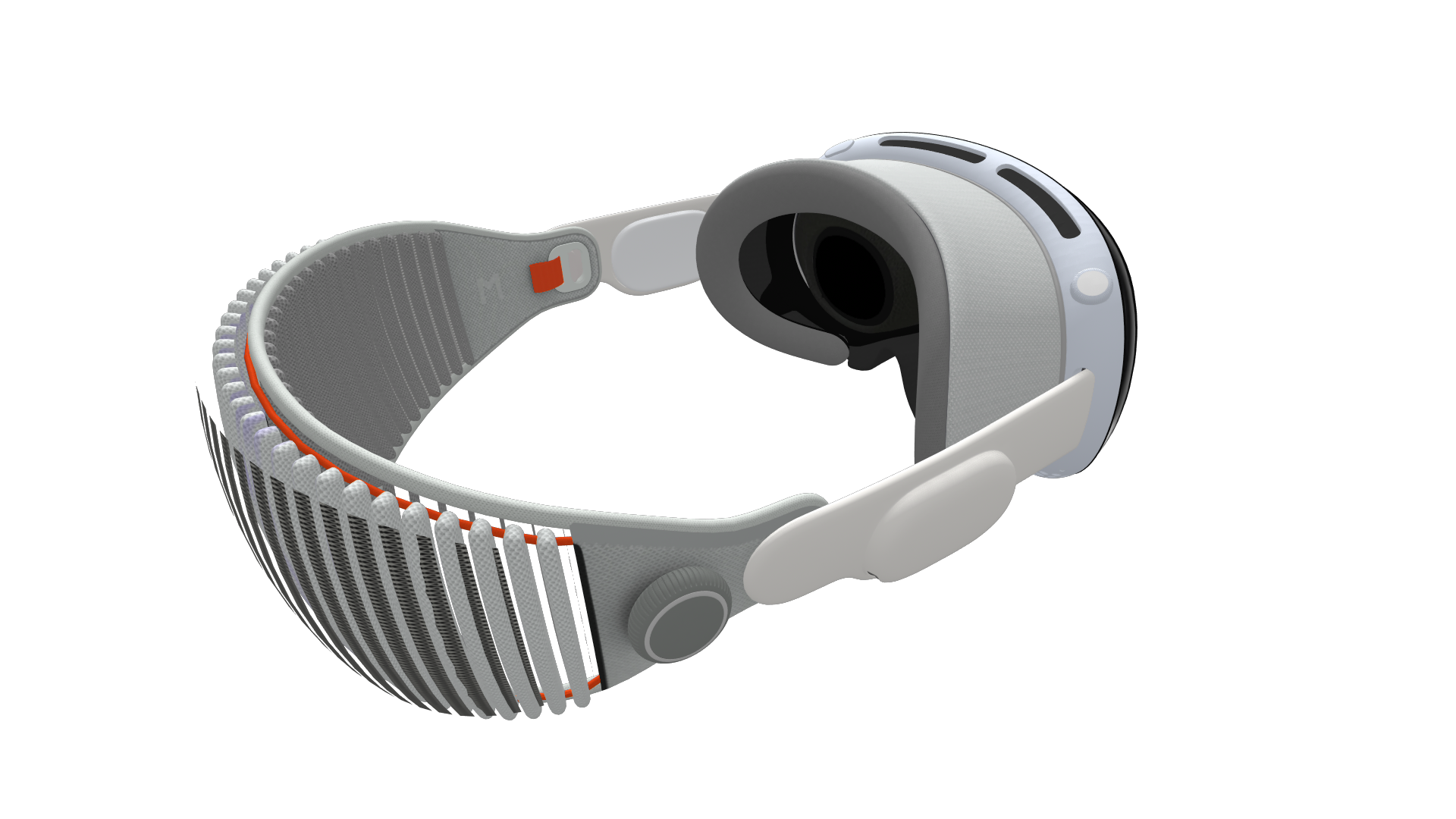
Can a $3,500 headset change how we interact with technology? Apple certainly thought so, but now they aren’t so sure anymore.